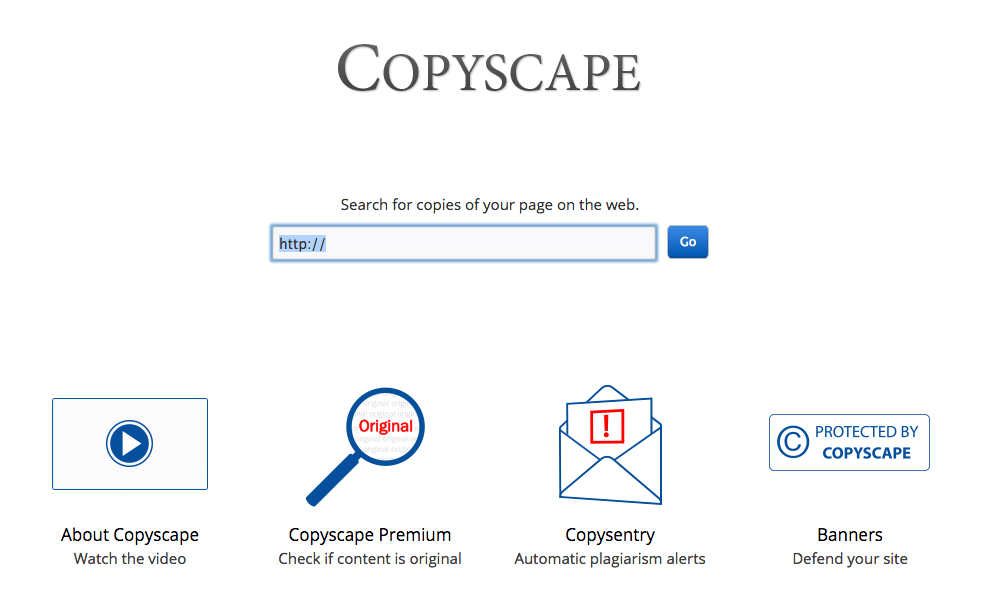Company Blog Tips: How To Keep Your Company Blog Out Of A Rut

A company blog writing assignment can be rewarding in many different ways; it gives you a chance to release your creative energy; it allows you to network with other bloggers in the same market as you exchange guest posts; and it hones your writing skills until you can write anything — from a poem to a novel.
But there can be roadblocks to enjoying your professional blogging experience. Coming up with fresh content every week and editing the work of others who guest blog for you; all the while keeping to a posting schedule that you yourself probably did not have any input about. Here are some tactics gleaned from professional bloggers to help you stay fresh and post fresh:
Find Out What Readers Want
Who is your blog primarily for, customers and consumers, or in-house? Either way, your first priority is to find out what your readers want to read about. To do this you have to do some research. Not in-depth. If it’s an in-house blog, ask the department heads what they’d like to read about. If they’re reticent or just don’t know themselves, dig a little deeper by asking what seems to be causing the most problems in their department, and then write a series of posts on how it can be resolved.
Related: How an Industry-Specific Writer Can Improve Your Company’s Blogging
For customer-based blogs there’s no better source than the sales people; they know their customers inside and out, and are constantly getting feedback from them and from prospects and leads they deal with. Ask your salespeople what their clients are telling them, and then write about that. You’ll never run out of subjects.
But remember Rule Number One of corporate blogging: Always keep it positive.
Get Into the Holiday Spirit
Did you know there’s a national ‘Talk Like a Pirate’ Day? It’s February 15 each year. Subscribe to a holiday calendar app such as timeanddate.com for constant updates on upcoming holidays, both religious and secular. Halloween is a great time for adults to dress up and have fun, so do the same with the company blog. Invite guest posts about holidays, both silly and serious. The trick is to plan your holiday blogs ahead of time, so you can fill up as many slots as you need before going on vacation. Below is a great example of a blog taking advantage of National Dog Day:

Check Out the Competition
There’s nothing wrong or sneaky about regularly checking what your competition is blogging about. You can bet they are checking your blog out on a regular basis! When you see something you like or that seems to be getting a big response, adopt the idea and then (this is most important) adapt it to your blog.
One example would be a blog I’ve worked with that features an infographic about eSignatures in Australia. See what angle you can take to go off of that idea and spark your thoughts. Find a few of your own original sources to quote, and the article practically writes itself. Of course, be sure to use Copyscape to double-check you haven’t poached too much on the other blog’s ground–there is nothing worse than completely stealing an idea with no original angle of your own.

Use a Little Humor
While nobody expects you to be Jerry Seinfeld, it can be fun to come up with some humor for your blog once in awhile.This can range from a groan-inducing pun to a brief humorous narrative. For instance, if your company is involved in makeup, you could use this old chestnut: “A duck buys a tube of lipstick and when the sales clerk asks for payment the duck says Just put it on my bill”.
You get the picture. You can Google all sorts of jokes and stories that tie in to your brand.
But never make fun of your competitors. That’s considered poor sportsmanship. Most people enjoy a little bit of self-effacing humor in a blog — it lets them know that the blogger, and by extension the company, doesn’t take themselves too seriously.
Use Guides or Resources
Writing out a guide or having an indexed resource on the company blog can really bring in the traffic. It should be updated frequently. So, for instance, an automotive business could post a guide about current prices of electric vehicles. These electric vehicles have been on the market for quite some time, but it is only recently that they started to become affordable for most folk. So your guide would be one that educates readers about each brand, its cost, and its plus and minuses. When a customer, or prospect, feels like you care enough to give them some solid dependable and useful information, they are more likely to stay loyal to your brand.
Below is an example of a Buyer Guide from Resource Nation about Office Furniture. Notice that they include a Table of Contents with resources that help keep the guide organized and thorough.

Be Interactive and Think Outside the Written Word
Is there any way a reader can let you know what he or she thinks of an article you’ve posted? Can they leave a comment? Do you have an email address on the blog? Or a phone number? If there’s no way to leave a comment about a post, it automatically loses some of its interest for a certain portion of the reading public who like to leave their mark behind on everything they read.
It’s also important to use graphics and video on your blog. With today’s technology, anyone can snap a great photo and post it in minutes, or record a brief video to embed in a blog. Variety, they say, is the spice of life — and it most emphatically is the spice of a good blog!
Finally, don’t forget to make sure your blog is linked to the company’s landing page and other social media, such as Twitter and Facebook.
Don’t put your blog under a bushel. You’ve worked hard at it, now let it shine!
Amanda DiSilvestro is the Editor in chief for Plan, Write, GO. She has been writing about all-things digital marketing, both as a ghost writer, guest writer, and blog manager, for over 10 years. Check out her blogging services to learn more!

